Home > Blog > Infrared Night Vision vs Low-Light Night Vision: A Complete Comparison of Night Vision Technologies
-
 Karina
Hi there! Welcome to my shop. Let me know if you have any questions.
Karina
Hi there! Welcome to my shop. Let me know if you have any questions.
Your message has exceeded the limit.

Infrared Night Vision vs Low-Light Night Vision: A Complete Comparison of Night Vision Technologies
2025-08-27 17:15:22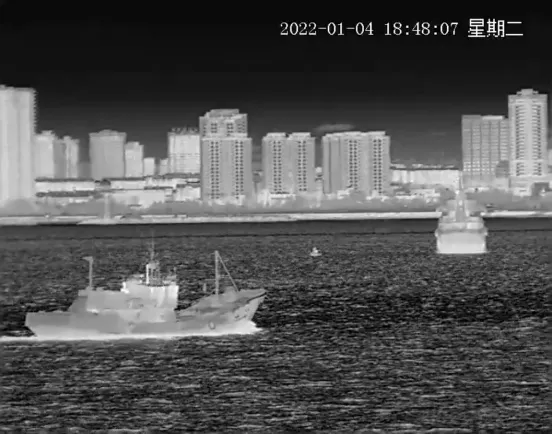
In recent years, night vision technology has advanced rapidly, with its applications continually expanding. In dark or low-light environments, night vision devices use photoelectric detection and imaging components to convert or enhance targets invisible to the human eye into visible image information, assisting people in performing tasks such as observation, search, patrol, and driving at night.
This article compares the working principles and advantages of infrared and low-light night vision technologies. It also highlights typical applications in the night vision field, with a focus on the irreplaceable value of infrared thermal imagers in complex environments and critical missions.
1. Principles of Infrared and Low-Light Night Vision Technologies
Infrared night vision can be divided into active and passive types:
Active Infrared Night VisionActive infrared night vision devices require a dedicated infrared light source. During operation, the infrared light illuminates the target, and the reflected infrared radiation is captured by the observation lens. The infrared image intensifier then converts the invisible infrared signal into a visible image, which is finally presented to the human eye.
Passive Infrared Night Vision (Infrared Thermal Imaging)
Passive infrared night vision, or infrared thermal imaging, relies on detecting the infrared radiation naturally emitted by objects. Any object above absolute zero emits infrared energy. Infrared thermal imagers work by focusing this radiation onto an infrared detector through a lens. The detector converts the incoming infrared radiation into electrical signals, which are processed by imaging algorithms to generate video images and temperature data.
2)Low-Light Night VisionLow-light night vision devices are centered around image intensifiers, which use low-light amplification technology to capture target information, enabling the human eye to clearly recognize objects even in dim conditions.
These devices rely on natural ambient light and do not require an artificial light source, making them passive night vision equipment with good concealment. Additionally, low-light night vision devices are compact, lightweight, and relatively affordable. They are widely used today in security monitoring, outdoor exploration, scientific research, and other scenarios.
2. Comparison of Two Passive Night Vision Technologies (Infrared Thermal Imaging vs. Low-Light Night Vision)1)Advantages of Infrared Thermal ImagingAll-Weather Operation: Infrared thermal imagers rely on the infrared radiation emitted by targets and the surrounding environment, rather than ambient light, enabling true 24/7 monitoring.
Stable Detection in Harsh Weather: Infrared radiation has a longer wavelength than visible light, giving it superior penetration through atmospheric obstacles such as fog, rain, and snow.
Detection of Camouflaged Targets: Thermal imagers use temperature differences to generate clear thermal images, allowing them to detect targets hidden in grass, bushes, shadows, or with colors similar to the background.
Temperature Measurement and Early Warning: Infrared thermal imaging not only visualizes targets but also provides real-time temperature data, giving it unique advantages in security, firefighting, and industrial inspection.
2)Advantages of Low-Light Night VisionStrong Target Detail Recognition: Low-light night vision devices enhance natural light to produce clear images that preserve fine details. With sufficient resolution, they can reveal facial features and even help identify individuals, whereas infrared thermal imagers are more suited for target detection and categorization rather than detailed recognition.
Lower Application Costs: Compared with infrared thermal imaging systems, low-light night vision devices are more affordable to manufacture and deploy, making them widely adopted for low-cost security surveillance, civilian patrols, and similar applications.
3. Applications of Infrared Thermal Imaging in Night VisionInfrared thermal imaging technology has broader applications in the night vision field compared to low-light imaging, particularly in the following scenarios:
1)Perimeter ProtectionDetect intruders or vehicles attempting to climb walls, cross barriers, or approach sensitive areas at night, effectively reducing missed detections and false alarms while enhancing overall security reliability.
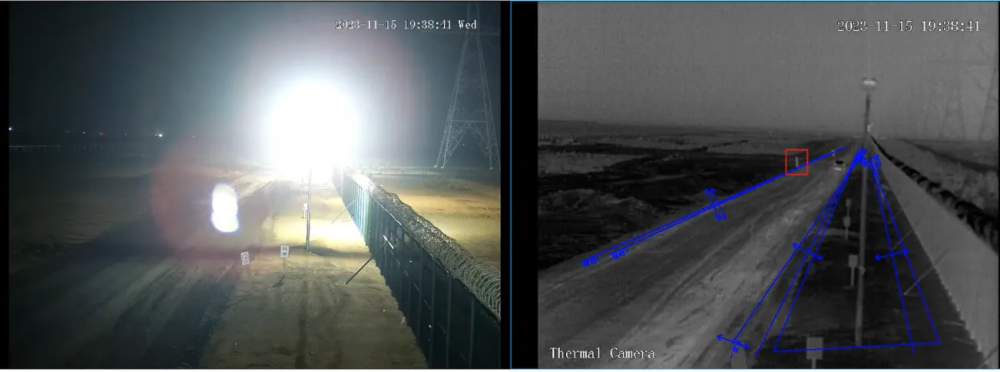 2)Emergency Rescue
2)Emergency Rescue
Quickly pinpoint the location of targets and assess their movements, significantly reducing search time, minimizing blind spots, and improving overall rescue efficiency and safety.
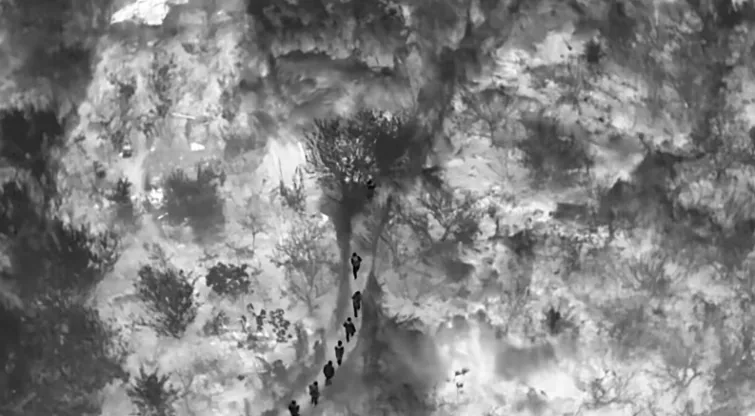
Passively detect the infrared radiation emitted by vessels or individuals, providing clear visualization of thermal targets on the water and along the coastline even in low-visibility conditions.

Quickly detect companions or wildlife at night or in low-visibility conditions, providing safety protection and early risk warnings.

Monitor pedestrians, animals, and obstacles in real time, effectively reducing the risk of traffic accidents.
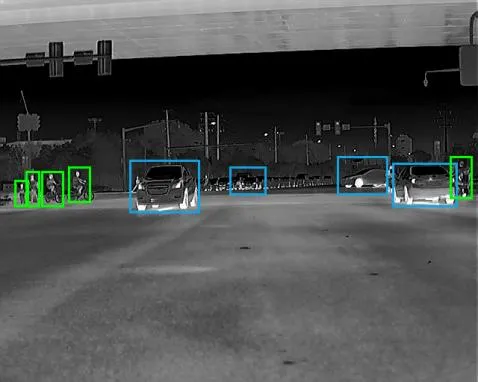
Monitor temperature changes in key areas of forested regions around the clock, capturing potential fire sources and accurately locating them even in pitch-dark or foggy conditions, enabling early warnings.
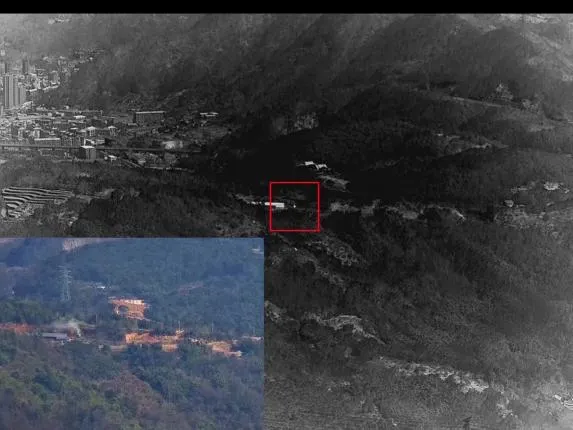
4. Product Recommendations
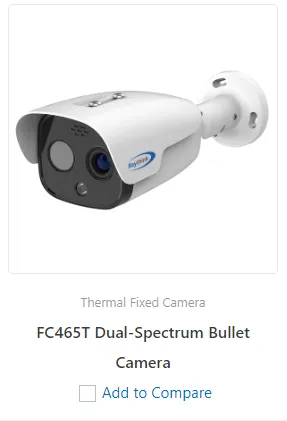
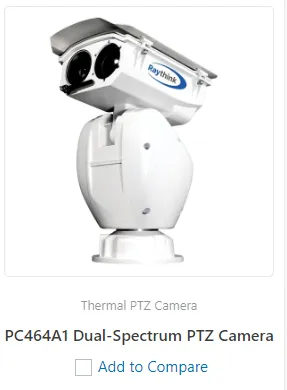

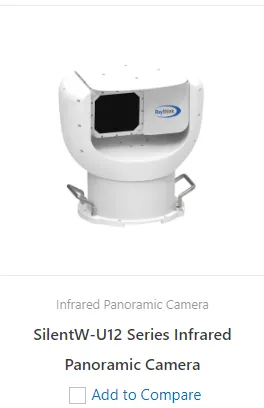
In low-cost or simple environments, low-light night vision devices can meet basic needs. However, in critical missions and complex conditions, the advantages of infrared thermal imaging are irreplaceable. Whether for nighttime security patrols, emergency rescue, outdoor exploration, or night driving assistance, choosing a thermal imager ensures higher efficiency and enhanced safety.
As the technology continues to mature, infrared thermal imaging has become an essential tool for nighttime operations and security protection, providing a robust safeguard for personnel and property. Raythink thermal imagers stand out with their exceptional performance and reliability, delivering clear images even in complete darkness while offering precise temperature measurement, making critical tasks more efficient and secure.
For tailored thermal imaging solutions that meet your specific needs, contact the Suishi Technology team today to ensure safety and protection for your operations.
Tags: Infrared Night Vision, Infrared Thermal Imaging, low-light night

